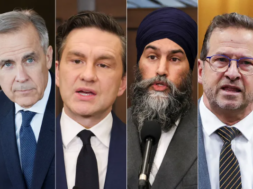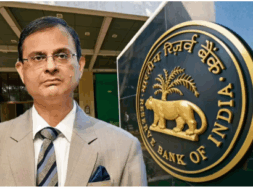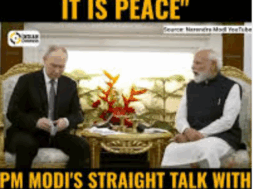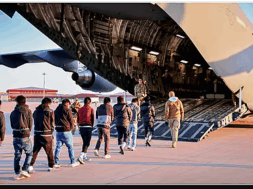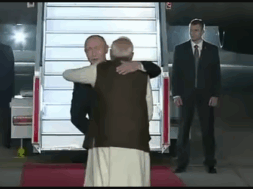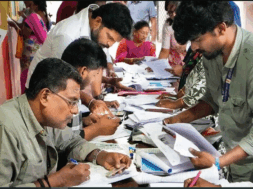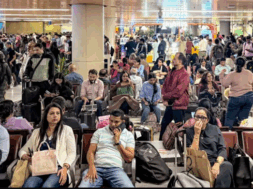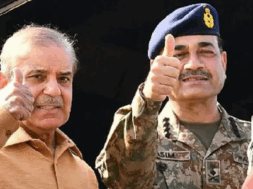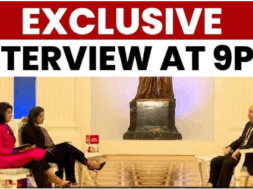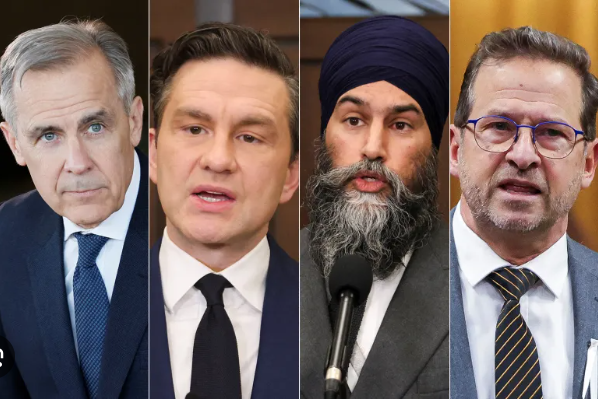
Canada: PM Carney orders snap parliamentary poll on April 28
Virendra Pandit
New Delhi: Amid several crises it is facing, both internal and external, Canada will go to snap parliamentary elections on April 28, the media reported on Monday.
Prime Minister Mark Carney on Sunday triggered the vote as he seeks to build on his Liberal Party’s momentum since the start of the year, in the shadow of his highly unpopular predecessor Justin Trudeau.
The plunging Canada-US ties, and a push for strong leadership to counter US President Donald Trump’s tariffs and annexation threats against the country, will dominate the five-week election race.
Under Canadian election rules, federal campaign periods must be between 37 and 51 days. With Carney triggering the vote on Sunday and Election Day set for April 28, this year’s campaign will be the shortest allowable by law.
Carney won the Liberal Party leadership race and became the PM in March.
Canada has 343 federal electoral districts, which are known as ridings. Eligible voters can cast a ballot for their preferred candidate in the riding in which they reside.
The country has a first-past-the-post election system, which means that the candidate who secures the most votes in the riding wins – even if they don’t win a majority of the votes. Top of Form
They will then take up their respective seats in Canada’s Lower House of Parliament, the House of Commons.
Under Canada’s parliamentary system, the party that wins the most seats in the House of Commons will typically be asked to form a government. If a party gets the most seats but not enough for an outright majority, it seeks to form an agreement with another party – or parties – to be able to pass legislation.
The leader of the single largest party also becomes prime minister; Canadians do not vote directly for prime minister.
Canada has four major federal political parties.
The Liberals have been in government since 2015 and had 152 seats in Parliament at dissolution. The party was previously led by Justin Trudeau, who formally stepped down as the PM on March 14 to allow Carney to succeed.
The Conservative Party was Canada’s official opposition, with 120 seats in the previous Parliament. The party is led by Pierre Poilievre, an Ottawa-area legislator known for his populist rhetoric.
The left-leaning New Democratic Party (NDP), led by pro-Khalistani activist Jagmeet Singh, had 24 parliamentary seats before the campaign was launched. The NDP had previously been propping up a Trudeau-led Liberal minority government but withdrew from that deal in September 2024.
The Bloc Quebecois – which only runs candidates in the French-speaking province of Quebec – had 33 legislators in the House of Commons. They are led by Yves-Francois Blanchet.
Apart from the four big parties, there is also the Green Party of Canada, which had two seats in Parliament at dissolution but is not expected to make any major gains in the upcoming vote.
Until January, the Conservatives had what many believed to be a clear path to winning a parliamentary majority.
But President Trump’s threats against Canada, coupled with Trudeau’s decision to resign and Carney’s rise as the new leader of the Liberal Party, have changed things. Most recent polls now suggest the Liberals either with a lead over the Tories, or locked in a neck-and-neck fight with their rivals.
The CBC News Poll Tracker, which aggregates national polling data, had the Liberals with 37.5 percent support compared with 37.1 percent for the Conservatives on Sunday.
The NDP was in third with 11.6 percent, followed by the Bloc Quebecois at 6.4 percent. The Greens had 3.8 percent.
“The Liberals and Conservatives are effectively tied in national polls with the New Democrats trailing in a distant third place,” CBC reported as the election race began.
“The Liberals would likely win the most seats, and potentially a majority government, if the election were held today due to the more efficient distribution of their support across the country.”
Opposition parties – including, most notably, Poilievre and the Conservatives – had hoped the 2025 election would centre on affordability issues, such as soaring grocery and housing costs.
But Trump’s tariffs and threats to make Canada into the US’s “51st state” have upended the conversation.
Experts now say the central “ballot question” in the election campaign will be which party is best equipped to handle US President Donald Trump and manage the strained Canada-US ties.
Canada’s main political party leaders have acknowledged Canadians’ concerns over Trump’s policies, promising to stand up for the country’s sovereignty.
